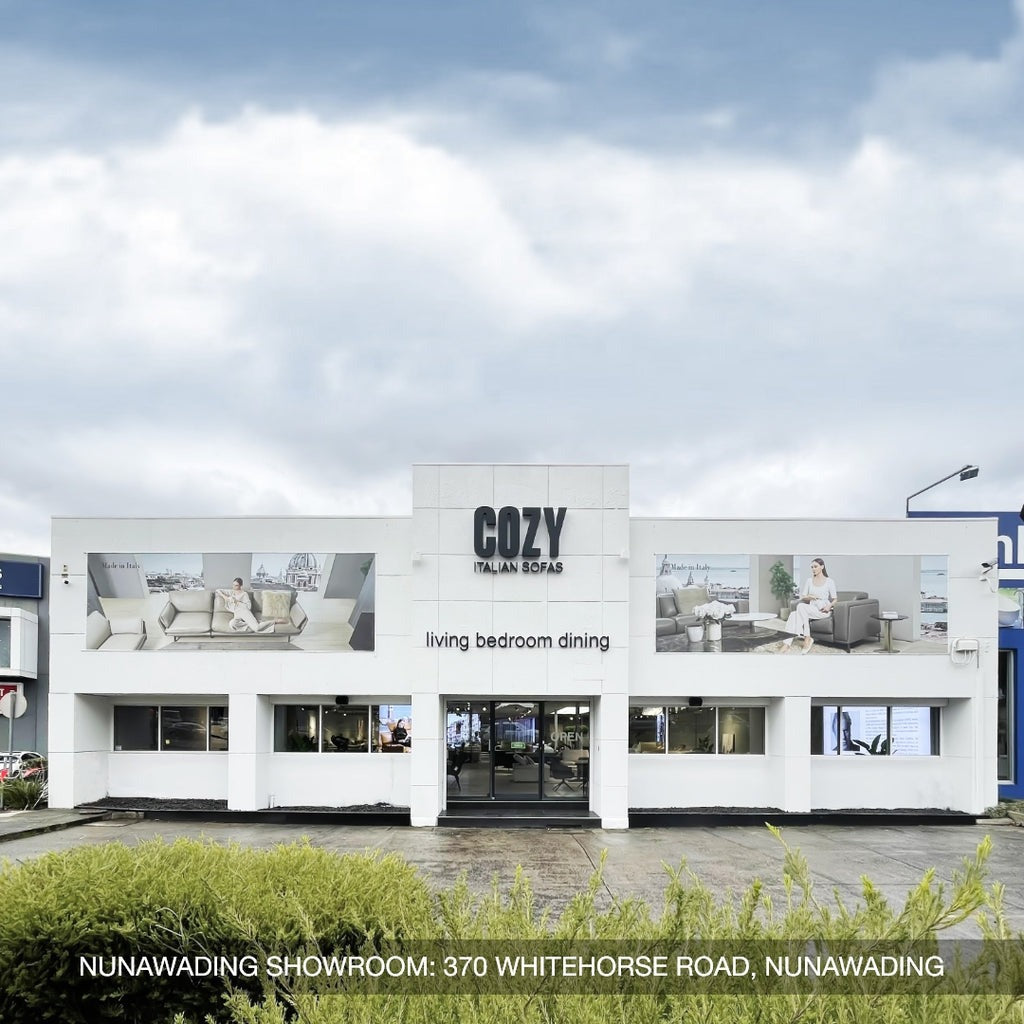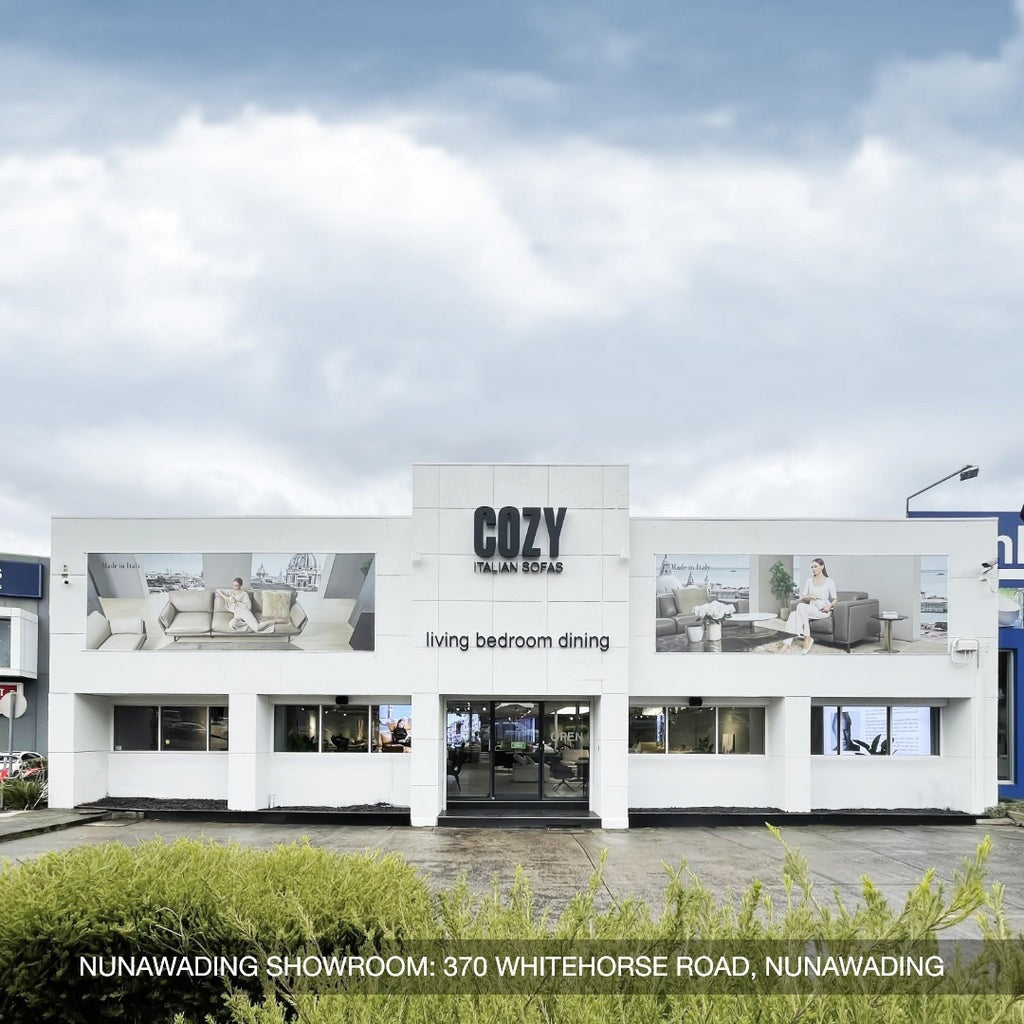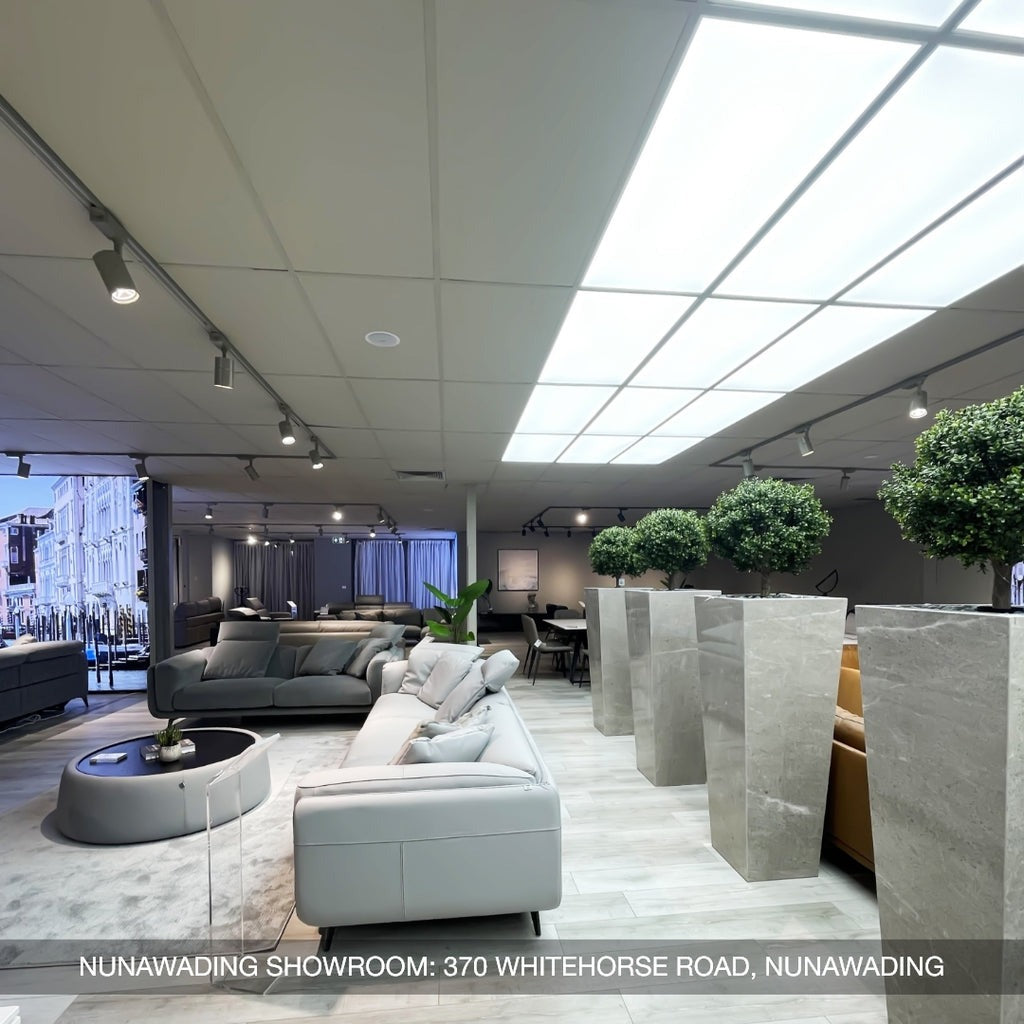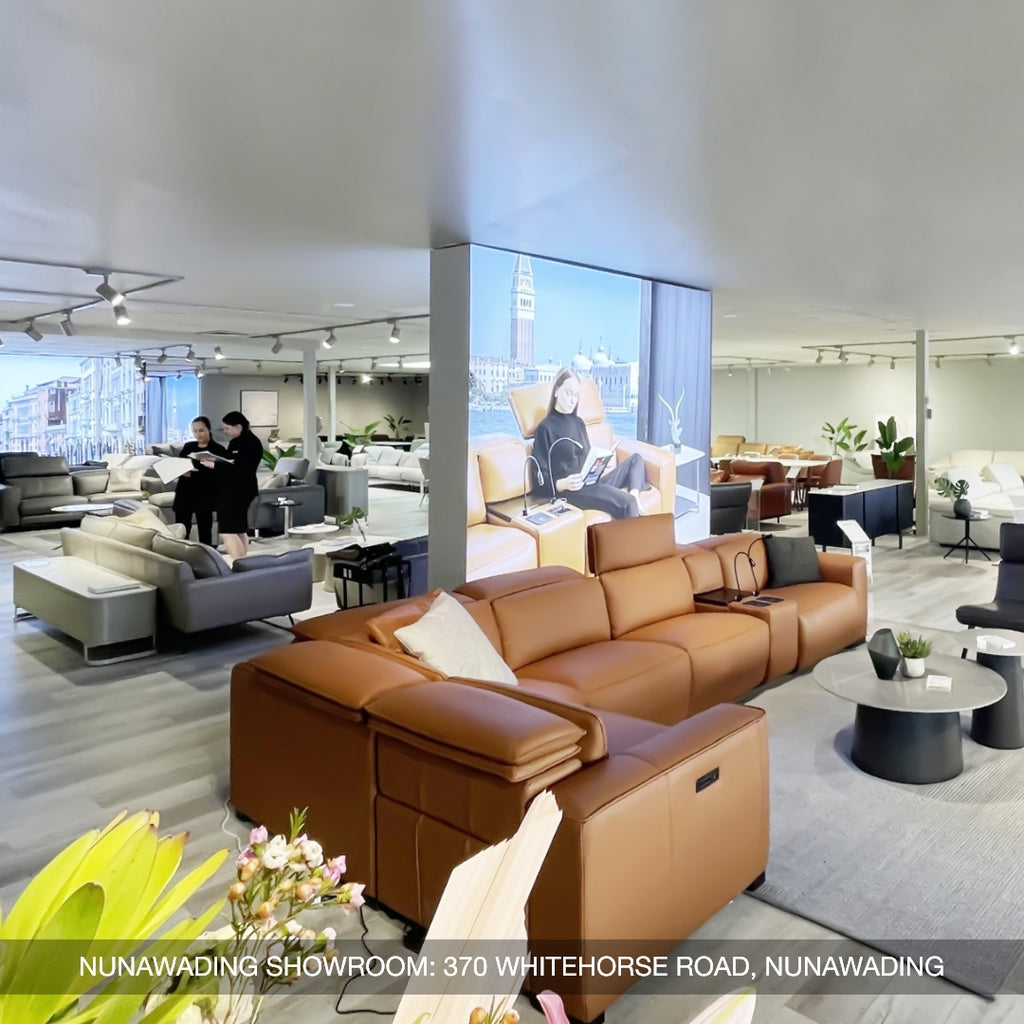The living room is often the heart of any home, reflecting cultural values and design philosophies. In comparing Eastern vs. Western room style, distinct differences emerge, shaping how spaces are arranged and utilized. Whether designing a modern western home or exploring the principles of Feng Shui living room arrangement, understanding these contrasting approaches can inspire unique and meaningful interiors. Both styles offer valuable insights, blending tradition with modernity to enhance comfort and aesthetics.
Eastern Approach: Creating Calm Through Simplicity
Eastern living room design emphasizes creating a serene and balanced atmosphere, often through minimalism and intentional use of space. This approach incorporates harmonious furniture placement and draws heavily from traditional philosophies like Feng Shui, which focus on the flow of energy (qi) within the home.
Eastern living rooms often feature only the essential pieces of furniture, ensuring a clutter-free environment that fosters relaxation. For example, a simple tea table and floor cushions can create a warm and inviting space. Furniture and decor rely on sustainable, organic materials such as bamboo, rattan, and wood. Thus, these elements not only connect the indoors with nature but also enhance the sense of calm and balance in the room.
Shades like beige, soft greens, and earthy browns dominate, reflecting the soothing tones of the natural world. This palette complements the simplicity of the design and promotes mindfulness.
The layout follows Feng Shui principles in modern spaces, ensuring proper energy flow. Therefore, key elements like the placement of furniture and pathways for movement are designed to promote harmony and well-being.
Unlike cluttered spaces, Eastern designs embrace empty spaces as an integral part of the aesthetic. These “negative spaces” allow the room to breathe, reinforcing balance and simplicity. Additionally, living plants, rocks, or small water features are often included to symbolize growth, stability, and tranquility. These additions align with the holistic vision of nature as an integral part of life.

Eastern designs embrace empty spaces as an integral part of the aesthetic.
Western Approach: Comfort Meets Personal Style
In contrast, western living rooms emphasize functionality, comfort, and personal expression. The approach celebrates diversity in design and caters to individual lifestyles, often blending traditional vs contemporary elements seamlessly.
Sofas and armchairs in modern Italian design influences prioritize deep cushioning and ergonomic design. Comfort often takes precedence over minimalism, with sectional sofas or recliners serving as popular choices. Moreover, Western spaces often revolve around a centerpiece, whether it’s a fireplace, large window, or a statement piece of art. This focal point anchors the design, creating a sense of order and purpose.
Western homes frequently arrange a living room into specific zones for activities such as watching television, reading, or hosting guests. Rugs or furniture arrangements often demarcate these areas.
Bold patterns and vibrant hues bring personality to western living room decor. The interplay of colors like deep blues, rich reds, or soft greys creates dynamic visual appeal. Similarly, a mix of furniture styles, from vintage to modern, allows for flexibility. Materials like leather, metal, and glass combine to reflect individuality and innovation, particularly in contemporary Australian interpretations.
Decorative elements such as family photographs, travel souvenirs, or curated art pieces infuse personality into the space. This approach contrasts with the Eastern emphasis on uniformity and simplicity.

Western living rooms prioritize comfort, functionality, and individuality, celebrating diverse design influences while seamlessly blending traditional and contemporary elements.
Key Features Comparison
When examining Eastern vs. Western room style, distinct characteristics emerge in their approaches to living room design. These differences highlight cultural values, aesthetics, and functionality that shape the way spaces are arranged and utilized.
|
Feature |
Eastern Approach |
Western Approach |
|
Emphasis |
Harmony, balance, minimalism |
Functionality, comfort, personal style |
|
Materials |
Natural materials (wood, bamboo, stone) |
Variety of materials, including natural and synthetic |
|
Color Palette |
Neutral colors, inspired by nature |
Wider range of colors and patterns |
|
Clutter |
Minimalism, avoidance of clutter |
Can be more accepting of decorative items and accessories |
|
Connection to Nature |
Strong emphasis on incorporating natural elements |
May or may not prioritize a connection to nature |
|
Focal Point |
May not have a defined focal point |
Often features a focal point, such as a fireplace or artwork |
|
Use of Space |
Prioritizes open space and flow of energy |
May define distinct areas for different activities |
|
Furniture Style |
Simple, clean lines, natural materials |
Variety of styles, from traditional to modern |
|
Ornamentation |
Minimal ornamentation |
Can incorporate more decorative elements |
Finding the Right Balance
Bridging the gap between Eastern vs. Western room style can result in a living room that feels both harmonious and personal, combining the best elements of each approach. A balanced design incorporates the simplicity and mindfulness of Eastern design with the comfort and expressive freedom found in Western interiors.
- A thoughtful blend of Eastern and Western design principles requires attention to detail and a clear understanding of how each approach contributes to the overall ambiance. By strategically selecting furniture, decor, and materials, it is possible to create a space that caters to functionality and aesthetic appeal.
- Furniture should combine the comfort central to Western designs with the clean, minimalist lines of Eastern aesthetics. For example, a sleek sofa inspired by modern Italian design influences can pair well with a low-profile coffee table in natural wood. This approach ensures comfort without overwhelming the space.
- Decorative elements should reflect the homeowner's personality while remaining mindful of balance. Incorporating a mix of family photographs, curated art pieces, and Eastern-inspired decor, such as a bonsai tree or calligraphy artwork, can achieve a cohesive look. This strategy respects the personal expression of Western designs and the intentionality of Eastern traditions.
- Blending materials like bamboo or wood with contemporary options like glass or metal can bridge the two styles. For example, a wooden bookshelf paired with a glass-topped table brings together the organic focus of Eastern design and the innovation of Western trends. This combination embodies the interplay of traditional vs contemporary elements.
- Western designs often segment rooms into distinct zones, such as a seating area for socializing or a nook for reading. However, maintaining good energy flow is essential to align with Eastern principles. Using rugs or furniture placement to define spaces while leaving open pathways encourages both functionality and harmony. This approach resonates with the idea of harmonious furniture placement.
- Incorporating plants or water features can enhance tranquility and connect the room to nature. A small indoor garden or an elegant vase with fresh flowers not only reflects the Eastern emphasis on natural elements but also complements the welcoming atmosphere of Western living rooms.
- A neutral base of soft beige, white, or grey creates a versatile foundation that aligns with both Eastern minimalism and Western adaptability. Thoughtful color accents, such as blue cushions or a red-patterned rug, add energy and personality, reflecting the vibrancy often found in western living room decor.

Start with a neutral base, soft beige, white, or grey to create a versatile foundation that supports both Eastern minimalism and Western adaptability.
In conclusion, exploring the principles of Eastern vs. Western room style allows for creative possibilities in designing a living room that reflects both tradition and modernity. Creating balanced open spaces becomes effortless with the right furniture and thoughtful design elements. At COZY, a curated selection of high-quality furniture combines Eastern-inspired minimalism with Western innovation, offering stylish solutions for every home. Whether you’re seeking timeless elegance or modern versatility, COZY provides the ideal pieces to bring your vision to life.





